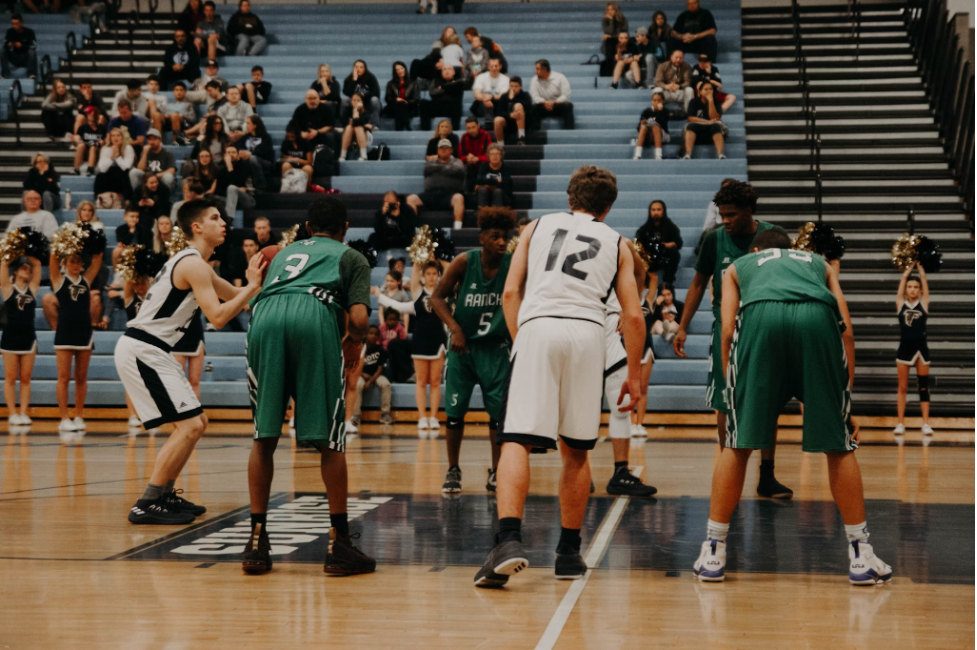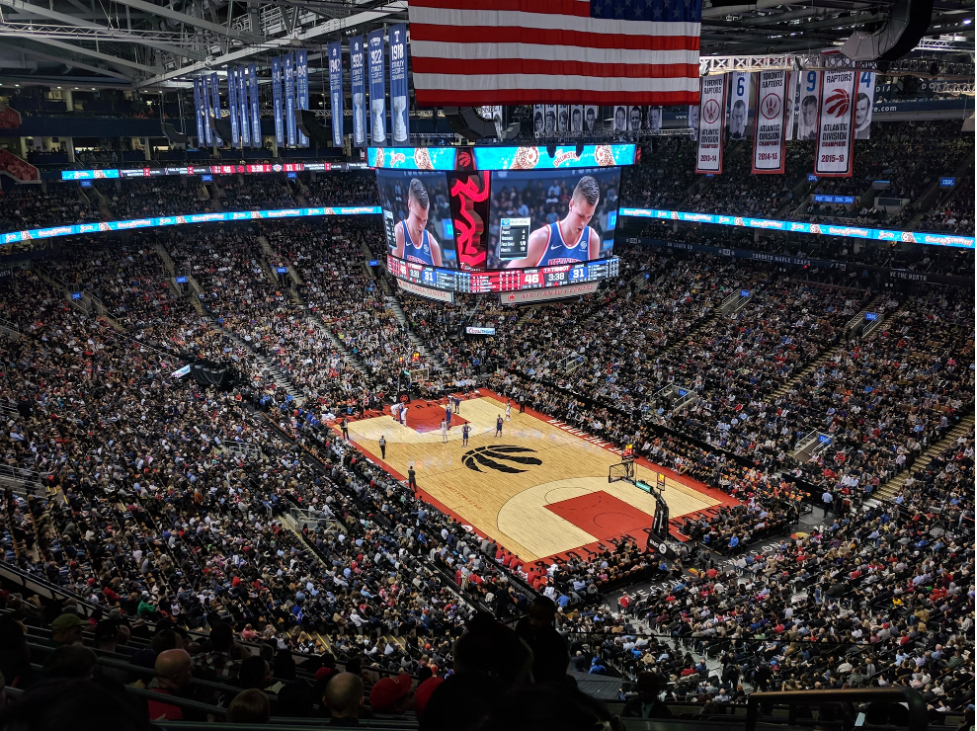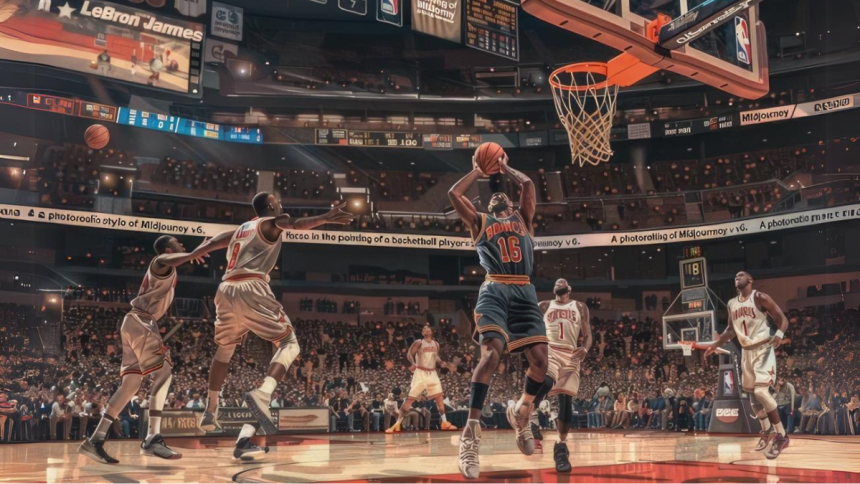In the ever-changing world of the NBA, social media has become an important and effective medium through which players build and manage their personal brands. It has surpassed being merely a means of interaction. It is now a crucial battleground where careers are forged, names are made, and power is exercised. Social media has changed the rules of the game on how NBA players interact with the global world.
The Influence of Social Media on Sports Branding
The introduction of social media into the world of sports has changed the game in so many different ways. It has also made it possible for NBA stars to manage their brand. In the past, the so-called “gatekeeping” of mass media was the outlet where athletes expressed their opinions, but that is no longer the case, as they are now able to tell their own stories on Instagram and Twitter. This new environment has also allowed the athletes to brand themselves more naturally, without any form of dissonance between their marketing personality and their real selves.
In a well-planned social media use, players are able to enhance their market and create opportunities for endorsement and sponsorship deals, which project their brand. Evidence of this is quite prevalent in the smooth transitions of players advertising for different products and services on their sites. For example, sports betting companies like MelBet Login are incorporated into the stories of these athletes, which is where these two met – sports and entertainment slotted into one compelling package. Therefore, the capture of social media should be seen as an added advantage in the evolution of sports branding.

Strategies Players Use on Social Media
NBA players implement different tactics on social media as part of their brand-building and fan engagement. They include:
- Content Curation: Post-game highlights, behind-the-scenes coverage, and personal achievements are shared by these athletes in an attempt to identify with the audience.
- Brand Partnerships: Incorporating products or marketing campaigns from brands into an individual influencer’s content.
- Engagement Tactics: Implementing the tools of polls, live videos, and questions and answers to build the community and stay relevant.
- Advocacy and Social Causes: They use their social media platforms to inform the public and advocate for social justice issues within the brand organization rather than just sports-related causes.
This is done as a means of being relevant in the modern era but also as a means of constructing a personal brand that endures and is impactful, thanks to social media.
Important Advantages of Social Media to Player Brands
Social media can be very advantageous for NBA players, as it establishes a particular connection with the fans. The players get to control their image, and the players can monetize their brand. In modern consumption settings, the players become active participants as they use social networks to intensify their influence beyond the court and influence their global presence and reputation.
Direct Fan Engagement
Social media facilitates direct fan engagement, breaking down what would have been a distance between an athlete and the fans. In the NBA, players use accounts such as Instagram and Twitter to build rapport with the audience by including information such as facts, replies to comments, views, and even some forms of marketing. This kind of interaction not only permits the development of a relationship but also forms a bond by ensuring the fans are active participants in the athlete’s undertaking. Such platforms are invaluable for players as they allow them to see what fans are thinking on the spot and alter their campaigns accordingly to ensure they remain relevant and appealing.
Power of Narrative Control
While the mass media usually conditions how the audience should view a particular issue, social media, however, gives power to NBA stars to dictate how they want their narrative to be. Marketing strategies, social media posts, and making these posts catch the fans’ attention, providing a more sobered way of displaying your life and career in a way that is more in accordance with your value system without the need for media houses. This power enables sportsmen to focus on the media storm, voice their views regarding their experiences, and refine the public image that they wish to create for themselves as opposed to the one created by the media. The players not only promote their art but also, by controlling the narrative themselves, make their brand more believable and appealing to the audiences and market sponsors.
Illustrations of Successful Player Brand Development
There are certain professional NBA basketball players, such as Shaquille O’Neal, who have fully exploited Instagram and other social media platforms to create their brands. These include:
- LeBron James: Implemented social activism, endorsed business endeavors, and celebrated personal successes through the use of a reputable platform in a diverse brand expansion that is not limited to basketball.
- Kevin Durant: Did not shy away from fanning the flames on social media, seeking to respond to what fans were tweeting and, in the process, gaining a reputation for being sincere.
- Stephen Curry: He showcased his family and interests outside of basketball on his social media, thereby creating more interest in him beyond basketball.
These players bring out the point that some athletes can catapult their brand to new levels through the effective use of social media.

Hurdles and Pitfalls
Although social media has a lot to offer, many obstacles exist on the digital platform that can bring a player’s brand down. There are errors that can be made when one is using these platforms, for example, posting and commenting in a gut manner, which normally results in extreme backlash that leads to denting a player’s name and worth. The constant need to connect and be relevant takes a toll on the psyche, causing players’ feelings of stress and generating blunders that could be irrevocable.
There is always the danger of going too far. In fact, excessive self-advertising might drive the followers away while at the same time adding insincerity to the image, not enhancing it. In order to avoid these pitfalls, there should be harmony between both transparency and propaganda, as opposed to improving a player’s status on the web.
Future Prospects
The future of NBA players’ promotion via social media can be viewed as one of the avenues and threats. As social networks and their facilities change, players should grow in their approach, using new mechanisms and escaping the monkey business. The main element of enduring peak performance will still be authenticity — the integration of opinion and engagement in the creation of messages that appeal to the audience but are still expensive to construct. Rather, it is certain that those who undertake the digital branding journey as it evolves will chart the course for their careers and set the path for generations yet unborn.
Lynn Martelli is an editor at Readability. She received her MFA in Creative Writing from Antioch University and has worked as an editor for over 10 years. Lynn has edited a wide variety of books, including fiction, non-fiction, memoirs, and more. In her free time, Lynn enjoys reading, writing, and spending time with her family and friends.















